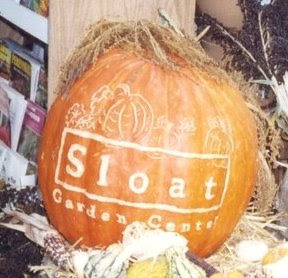Fall is the best time of year to prevent large populations of weeds next spring. There are several methods for prevention.
1. Pull weeds before the seeds form and drop. At the very least remove the seed heads but don’t use a weed-whacker for removal. Whackers used in late fall when the weeds have seed heads are a very efficient way to distribute seeds all over the garden. Water the day before to soften the soil and keep down the dust, then use a pointy hand trowel or a hoe to remove weeds.
2. Mulching reduces the number of seeds that actually germinate by preventing light from reaching those seeds. Weeds that root in the loose mulching material are easier to pull or remove with a hula hoe. Apply mulch to a depth of no more than 2 inches around the garden. Avoid mulching the crown of plants.
3. Apply a pre-emergent like Weed Prevention Plus. This product is 100% granulated corn gluten meal (a by-product of commercial corn milling that contains the protein fraction of the corn). It contains a naturally occurring substance that inhibits the growth of the tiny feeder roots of seeds. Since the seeds don’t get enough moisture they die before taking hold. Corn gluten won’t harm beneficial insects, soil organisms, pond or stream life. It is a non-toxic pre-emergent that will prevent new weeds from germinating. It is also 10% N by weight in a slow release form. Sprinkle around established plants (around new seedlings only if they have their true leaves) and especially on lawns, then water in. Allow to dry for 2-3 days before watering again. Apply at least once in the fall and again in early spring, the corn gluten works for 4-6 weeks. It must be re-applied if heavy rains follow the application.
Weed Prevention Plus doesn’t kill existing weeds. It will prevent the germination of annual weed seeds like Crabgrass, Foxtails, Purslane, Dandelions, Chickweed, Shepherd’s Purse, and Speedwell. Existing perennial weeds won’t be affected but their seeds will be controlled. Effects are cumulative, results improve with repeated use over time. It’s not the dramatic ‘quick kill’ of the glyphosate herbicides seen on TV but an environmentally sensitive product that doesn’t contain surfactants. Surfactants are the inactive ingredient in the glyphosate product that can affect frogs, fish, and beneficial insects.










































